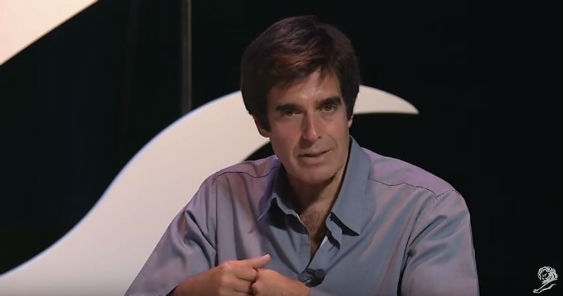October 23, 2013 – BBH Asia-Pacific’s Miguel Andres-Clavera is a digital storyteller. As BBH’s creative technology and innovation director, he makes use of technology to breathe life into campaigns for gaming, mobile, and social media brands.
In a conversation with adobo, Andres-Clavera shares his thoughts on technology, impressive digital campaigns, and what he would like to see more of from a platform that seems about to take over the world.
What is the role of digital in storytelling?
Digital and technology in general have always enabled new forms of communication from which narrative emerges, thus new forms of storytelling…digital technologies have disrupted the storytelling patterns we were used to, from fixed formats like TV spots or music albums to more personalised, distributed and interactive narratives. They’ve provided us with more freedom to create new forms of stories, and connectivity to share them through networks…Stories are inherently social in one way or another. The challenge is how to transcend information as mere utility, which is often the mindset or expectation of users when they interact with digital technologies, and create something emotional, although we’re now seeing that utility is a great vehicle to create meaning.
How can brands use technology to connect with consumers?
Understanding consumers’ mindsets and expectations when engaging with the brand using technology is probably the first step, but anticipating what their mindset will be afterwards gives you the magic. Technology is transformational. Imagining how to empower users, provide them with a delightful or useful narrative can have a profound impact in people’s lives. In that sense technology start-ups are being much more ambitious that most brands. That’s why the incipient dialogue between start-ups and brands is so interesting.
Could you share some examples of digital campaigns that impressed you?
I generally like borderline projects or campaigns. Those that challenge the ‘elasticity’ of a brand and question a category, or even create it. Think of Nike+ or Fuelband, an obvious one. Is it a campaign? Is it ‘just’ digital? What I really like about it is that it wasn’t even unexpected. It was something that belongs to the ‘adjacent possible’, meaning that once it launched, it made so much sense that you wondered why no one did that before. There are still a few sports brands playing catch-up.
What are some common myths about digital, and what are some overlooked truths?
I am not sure if it qualifies as a myth but thinking that having a great idea makes you unique and is enough to succeed. A great idea is not enough, execution is key. What can be thought can be said and what can be said can be done so it’s best to assume that for every unique idea you have, there is most likely someone out there already building it…one overlooked truth about digital is that most executions will be ignored or forgotten soon, if remembered at all. In a way, just like with start-ups, success is the exception that confirms failure.
What are some up-and-coming digital platforms that can contribute to a brand’s communication efforts?
There is a non-written rule in the VC world that says the technology ‘toys’ of today are the global platforms of tomorrow. One such toy is a video platform called Lifi. It basically allows you to crowdsource moments of your life for anyone to perform and make a movie following your script. You don’t need to be a celeb to have your own biopic! In the social space, Gigya is a really interesting platform for brands to build relationships with consumers. Online services for wellbeing are exploding and services like icoach.me, talktala.com or content-based mothernist.com can become great platforms for brands. Technology solutions to optimize, curate and distribute content like hiro-media.com are playing an important role online more and more and start-ups that are democratizing mobile development like gingeegames.com are also really interesting.
What would you like to see more of in digital?
I’m personally very interested in seeing how brands are going to react to the 3D printing revolution or how personal data is going to be used in meaningful ways. As technology becomes more pervasive, particularly around e-health or even around epigenetics with companies like 23andMe, brands will have to make critical decisions. What I would really like to see is how brands use scale and influence to inspire social change. Now more than ever brands have a significant opportunity to explore new ways to invite their consumers to join their brand through a deeper and more meaningful story. Digital technology can facilitate that.
What can brands do to keep up with the latest innovations?
It may sound like a cliché but a risk-adverse culture doesn’t help. Personalities behind brands in highly regulated industries only innovate when forced. Just like trend hunters try to find the next global pattern, leading innovations don’t target where customers are today but where they’ll be tomorrow. One way to keep up with change is to take advantage of in-house or agency partner innovation labs to brainstorm and ideate. I’d say experiment and nurture an edge, because that marginal edge may become the core sooner than what you think.





